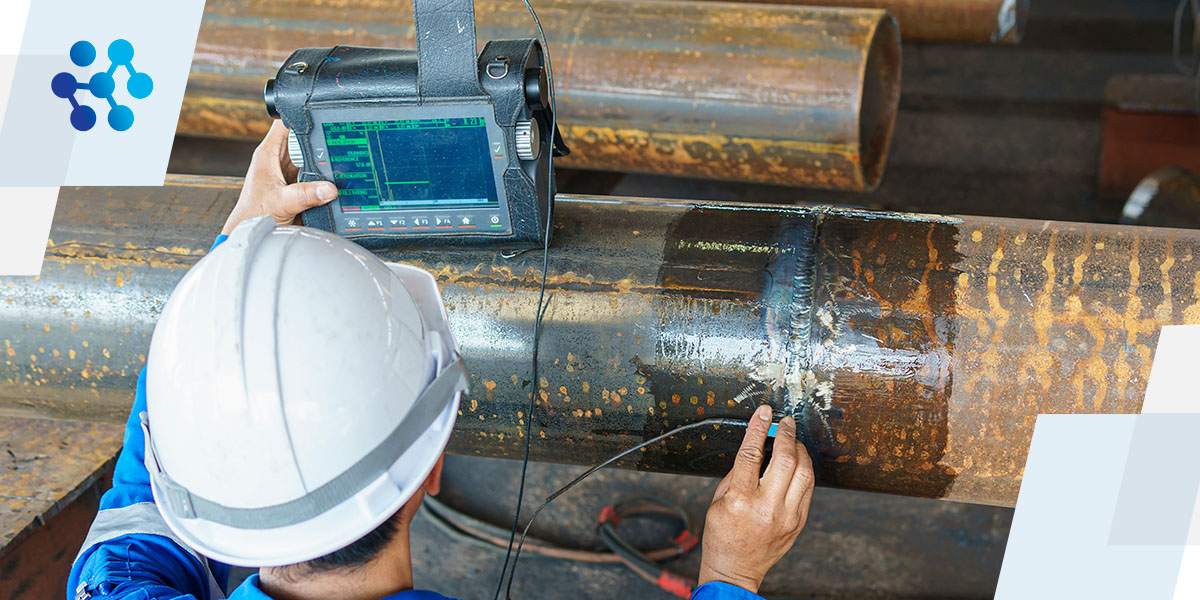Comprehensive Guide to Effective Tank Welding Evaluation Techniques and Best Practices for High Quality Assurance
In the realm of tank welding, rigorous assessment techniques are extremely important for securing structural stability and ensuring compliance with market laws. As we check out these important parts, it becomes clear that an aggressive assessment strategy is not simply beneficial, however essential for operational success in atmospheres dealing with dangerous products.
Importance of Storage Tank Welding Inspection

Tank welding evaluation acts as a preventative action, identifying prospective problems such as fractures, porosity, or incorrect joint infiltration prior to they rise right into serious issues. Regular evaluations not only adhere to market guidelines and requirements however likewise improve the durability of the storage tanks, minimizing the demand for expensive repair services or replacements.

Visual Inspection Strategies
Utilizing systematic aesthetic evaluation strategies is important for examining the quality and honesty of welded joints in containers. This technique acts as the very first line of protection in identifying possible flaws such as cracks, damages, and inadequate infiltration. The examiner ought to come close to the task with an eager eye, using proper devices like magnifying glasses, flashlights, and mirrors to boost visibility.
Throughout the inspection process, the assessor ought to evaluate the weld profile, guaranteeing it follows defined requirements and guidelines (Tank Welding Inspection). This consists of analyzing the bead width, height, and fusion with the base material. Assessors need to also pay very close attention to the surrounding areas for indications of thermal distortion or contamination that might influence the weld's performance
Paperwork of searchings for is necessary; assessors should tape any kind of abnormalities, classifying them by severity for additional analysis. This systematic method not only aids in instant issue identification however likewise adds to lasting quality control by ensuring compliance with market requirements. Normal training and calibration of aesthetic examination strategies further enhance the reliability of analyses, eventually causing more secure and extra sturdy container structures.
Non-Destructive Checking Techniques
Non-destructive testing (NDT) techniques are frequently employed in tank welding examinations to assess the integrity of bonded joints without compromising their structural integrity. These techniques are important for determining problems such as cracks, voids, and inclusions that can cause disastrous failings if left unnoticed.
Common NDT methods consist of ultrasonic testing (UT), which utilizes high-frequency acoustic waves to find interior defects; radiographic testing (RT), using X-rays or gamma rays to picture weld structures; and magnetic fragment testing (MT), which exposes surface area and near-surface discontinuities in ferromagnetic products (Tank Welding Inspection). Liquid penetrant screening (PT) is likewise Read More Here widely used, with the ability of finding surface-breaking problems by using a fluorescent or color comparison dye
Each NDT method has its details applications and advantages, making it important for assessors to select the ideal method based upon the product and the sort of weld being examined. The integration of these NDT approaches into the assessment process improves the overall quality control framework, making certain that welded containers fulfill safety and efficiency criteria. Ultimately, NDT plays a critical role in keeping the integrity and durability of container structures in different commercial applications.

Documents and Coverage
Ensuring complete documentation and reporting throughout storage tank welding inspections is important for keeping conformity with market standards and helping with reliable interaction amongst stakeholders. Appropriate paperwork acts as a thorough document of examination tasks, findings, and any type of restorative activities taken throughout the welding process. This info is important not just for quality assurance yet additionally for audits and regulative reviews.

A well-structured inspection report ought to include information such as the date of evaluation, names of inspectors, welding treatments employed, products utilized, and any type of discrepancies from established criteria. Additionally, pictures and representations can boost the quality of the report, providing visual context to the searchings for. It is additionally vital to record any type of non-conformities together with their resolution, making certain that all stakeholders are educated of prospective dangers and the steps required to alleviate them.
Moreover, preserving a centralized database for all examination records enables easy access and evaluation, fostering a culture of transparency and liability. By prioritizing meticulous documents and reporting, organizations can not just promote top quality assurance but additionally enhance their reputation within the sector, inevitably causing enhanced safety and security and operational efficiency.
Constant Improvement Practices
Continuous renovation methods are important for enhancing the quality and efficiency of storage tank welding examinations. One reliable approach entails normal training and upskilling of examination employees to stay abreast of the most current welding innovations and requirements.
Additionally, using data-driven analysis allows organizations to track assessment outcomes, determine patterns, and pinpoint areas for renovation. Using devices such as origin evaluation can assist in comprehending the underlying issues leading to defects, making it possible for targeted treatments. In addition, obtaining comments from evaluation groups and stakeholders develops a collective environment that encourages innovative remedies.
Integrating sophisticated innovations, such as automated examination systems and real-time tracking, can considerably boost the precision and speed of inspections. Normal audits of the evaluation procedures likewise add to a society of liability and continuous improvement. Eventually, these continual enhancement techniques not only elevate the top quality of storage tank welding examinations however also add to overall operational excellence and consumer complete satisfaction.
Conclusion
In final thought, effective storage tank welding inspection is essential for ensuring the find out architectural integrity my website and security of storage space systems, particularly those managing hazardous materials. Using a combination of visual inspection methods and non-destructive screening approaches helps with the very early recognition of defects, consequently maintaining compliance with market criteria. In addition, robust paperwork and a dedication to continuous enhancement improve top quality assurance practices. Eventually, these procedures add considerably to functional quality and the avoidance of possible safety risks.
Comments on “The Importance of Professional Tank Welding Inspection Services”